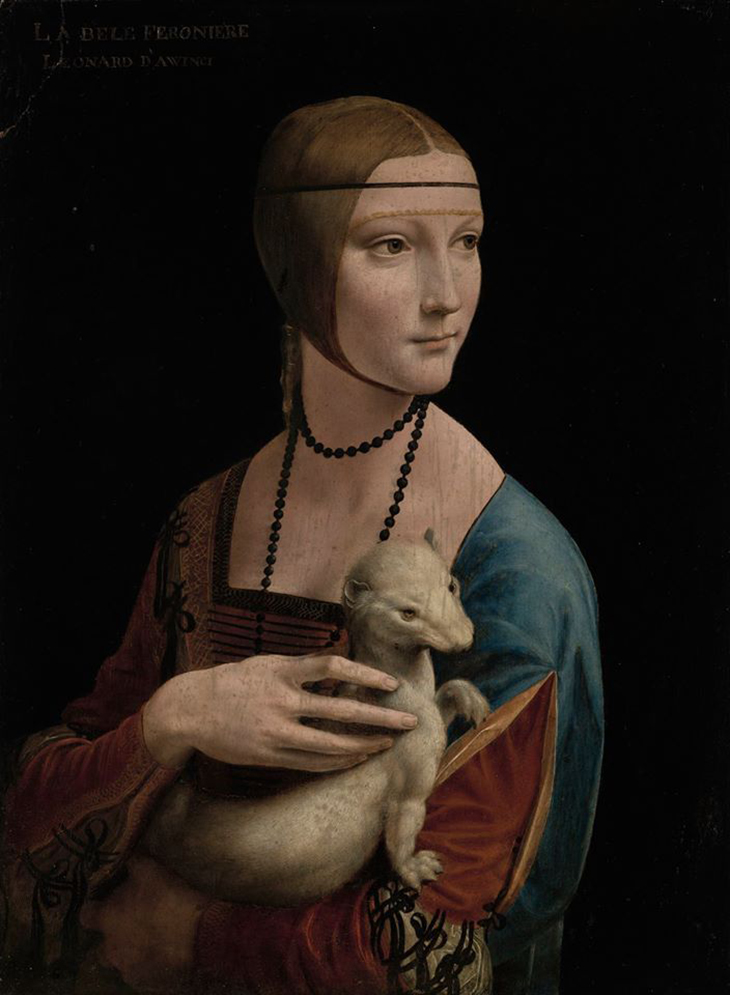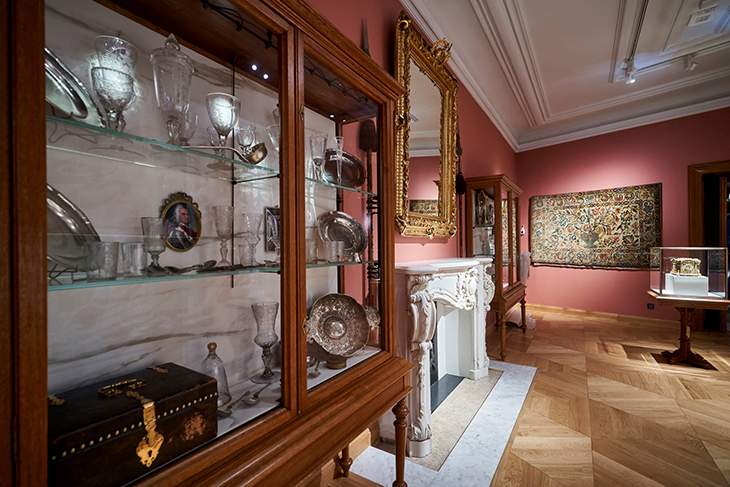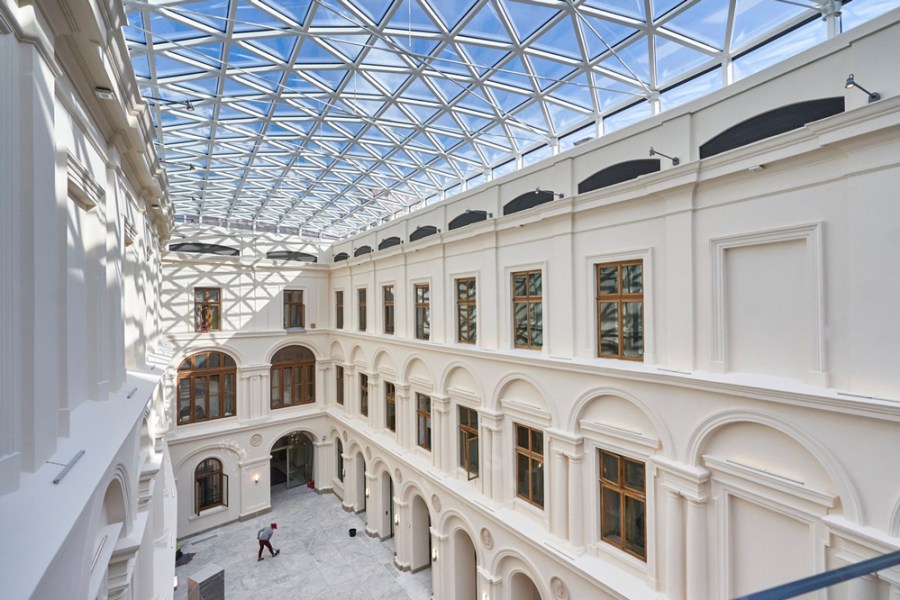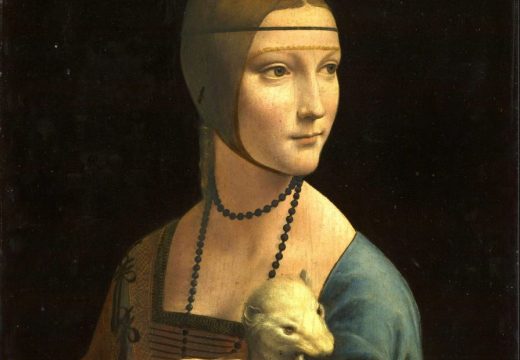On 10th January 2010, crowds of visitors descended on the Princes Czartoryski Museum in Kraków to see the collection one last time before a bold renovation programme got underway. Poland’s oldest museum closed the following day and, it was estimated, would remain so for two years.
Since the fall of communism in 1989, the museum had been in limbo, officially restituted to the family in 1991 yet now co-administered by the National Museum in Kraków under the terms of the new Princes Czartoryski Foundation.
Nevertheless, the family (headed by Prince Adam Jerzy Czartoryski) was planning a divorce from the National Museum – as it made clear in 2012. Yet the intended modernisation was soon beset by problems. Costs spiralled, ultimately leading to the sale of the collection in December 2016 to the Polish state for 100 million euros. Instead of being cut out of the equation, the National Museum resumed complete control – a return to the situation during the communist era.
The controversies surrounding the sale were discussed in the March 2017 issue of Apollo. However it is only now, ten years after the overhaul began, that the museum has finally reopened (in December 2019). The question that remains is how the revamp has actually panned out. After all, the museum is home to one of Europe’s finest collections. Leonardo’s Lady with an Ermine has always been used as the face of the museum, yet the painting is just one masterpiece out of many, ranging from Rembrandt to Japanese netsuke.

Lady with an ermine (c. 1489-90), Leonardo da Vinci. Princes Czartoryski Museum, Kraków
The good news is that the project has been executed with great finesse. A major change is the integration of the main building’s neo-Renaissance courtyard with the rest of the structure. Previously, this palatial but rundown feature could only be glimpsed through the windows on the first floor. Now it is centre stage, spanned by an unobtrusive footbridge and crowned by a glass and steel roof inspired by the British Museum. ‘We came to a museum that everyone in Kraków loves, and this is of course difficult,’ says architect Piotr Lewicki. ‘Because we were not only faced with a historic building, but also with the expectations of the people who were already accustomed to it: the staff, and also the people of Kraków, for whom the museum was a part of their lives. In some respects the museum has changed a great deal, and in others it has changed very little.’
The new layout has increased the exhibition space by a third. Not only does this give the artefacts room to breathe, it also frees pieces that had been in storage (the Far Eastern collection, for example, is on view for the first time). The exhibition rooms have retained many of the original wooden cabinets that had been carved specially for the museum in the early 1880s, when the collection was in the process of being re-housed in Kraków. These are complemented by modern glass cases of unfussy design. ‘The way that the museum was installed here in the 19th century gave the space its genius loci,’ says chief curator Katarzyna Płonka-Bałus. ‘And it was very important for us to retain that atmosphere, while also including some modern necessities,’ she adds. ‘This was something of a challenge.’ The museum has been brought into the 21st century in several respects, not least through access for the disabled, while an educational room and a cafe have opened on the ground floor.

Inside the Princes Czartoryski Museum, Kraków. Photo: Tomasz Markowski; © National Museum in Kraków
A further novelty comes in the realm of incunabula, books and prints. The Czartoryski Library of some 250,000 works was included in the 2016 sale; its historic volumes and illuminated manuscripts had previously been off limits to the public, owing to the risks of exhibiting such delicate material. The curators have come up with a compromise, designating two rooms for rotating exhibitions, which will be changed every three months.
Some have argued that the labels are so discreet in certain places that they are virtually imperceptible. Visitors may thus have to resort to headsets, as cards with more extensive captions are not currently available. Given the tangled web of Polish history, such context may be illuminating for visitors from abroad.
In 2017, several observers lamented that a collection that had survived so much and doggedly resurfaced as a private museum was being nationalised. Anti-Tsarist insurrections, the Nazi occupation, the Red Army – the museum has seen it all and the greater part of the collection has survived. Now that the museum has been reimagined there is consolation in the knowledge that, overall, the job has been well done.
Unlimited access from just $16 every 3 months
Subscribe to get unlimited and exclusive access to the top art stories, interviews and exhibition reviews.














![Masterpiece [Re]discovery 2022. Photo: Ben Fisher Photography, courtesy of Masterpiece London](http://www.apollo-magazine.com/wp-content/uploads/2022/07/MPL2022_4263.jpg)
It’s time for the government of London to return to its rightful home